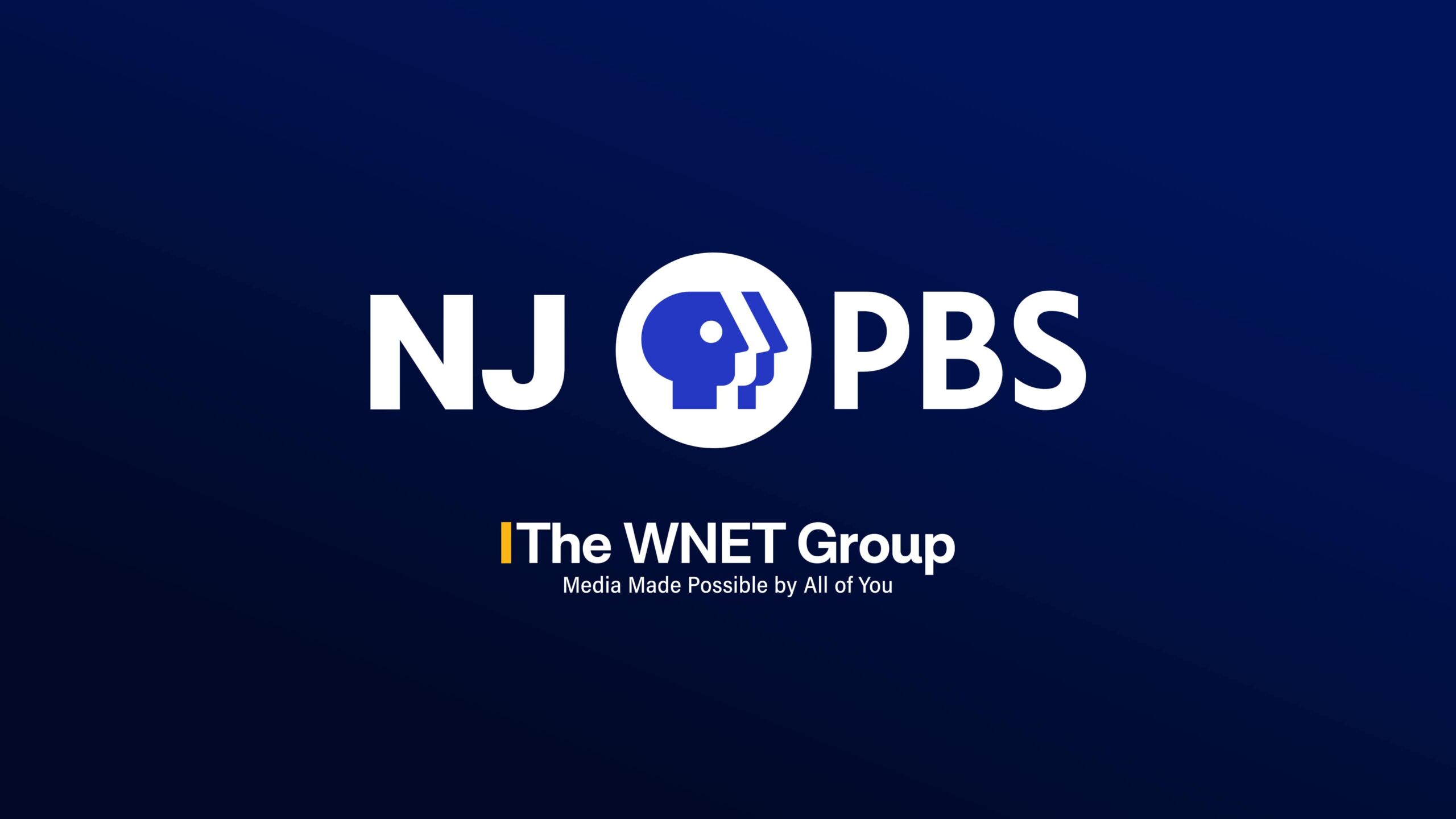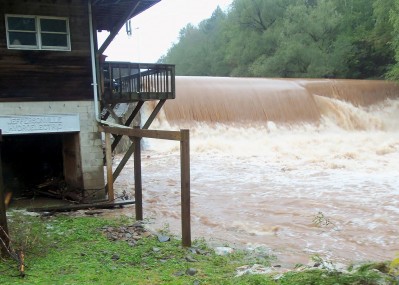INN releases report on nonprofit media sector
Ten years after a wave of nonprofit news outlets launched to address the decline in newspapers’ watchdog reporting, the emerging ecosystem of lean, digitally focused outlets continues to struggle with sustainability and strategies for growth.
A report released Tuesday by the Institute for Nonprofit News details the new journalism and funding challenges of its members, who tend to focus on original reporting and deep coverage of civic issues. It distills findings from an online survey fielded to INN members between March and May 2018.
One-third of nonprofit newsrooms produce statewide coverage, filling a gap that has widened as traditional news organizations cut costs and withdraw from reporting on state government, according to the report. Outlets including CALmatters in California and VTDigger in Vermont are already covering their statehouses with larger contingents of reporters than any other news organization, the report finds.
The typical INN member is a digital-born news service, though some public broadcasters have joined the organization. Therefore, the survey’s findings do not reflect trends in public media, the report states. (Current is a member of INN.)
Nonprofit news organizations typically boast lean operations that invest two-thirds of resources to editorial operations. More than half of nonprofit newsrooms are generating more than $500,000 in revenue a year, according to the report. Outlets devoted to single-subject news, such as health, environment, education or justice, represented one-third of survey respondents.
Nonprofit news outlets also face unique challenges. They often struggle with audience development. Although they’re moving toward stability and growth, the field is still highly dependent on charitable giving, a key finding of the report. Across all respondents, the survey found that foundations provide 57 percent of total revenues, followed by 33 percent for individual giving, including membership. Revenues from events and ads/sponsorships each provide 3 percent of all revenues, according to the report.
INN conducts the INN Index survey in an initiative to help nonprofit news leaders benchmark their performance, surface trends and speed adoption of successful approaches to supporting news, the report said. Eighty-eight of the 149 INN members invited to complete the survey responded. The survey sample reflects a 59 percent response rate and is representative of all INN members.
The questionnaire yielded about 200 data points about each publication’s journalistic mission, revenue performance, budgeting, engagement and distribution practices. The responses reflect performance during each publication’s fiscal year ending in 2017, the report said.
To foster growth, the report recommends cultivating individual giving programs, including from major donors; investing more in business development; and building more targeted audiences.
The report also advises INN members to be more strategic about their publishing strategies. “Looking to the future, nonprofit news sites that share their coverage via traditional media must pay more attention to new distribution channels,” the report finds. “Considerable leverage is generated when philanthropy funds one story that is published in many outlets, multiplying the public reach and impact. But as legacy media audiences keep declining, this model needs to broaden to digital news channels, many of which are not yet well connected with the independent publishing world.”
The report is the first phase of the INN Index initiative, which will track progress and trends in the field with periodic surveys and will enable INN members to compare their performance to that of similar publications, the report said.






